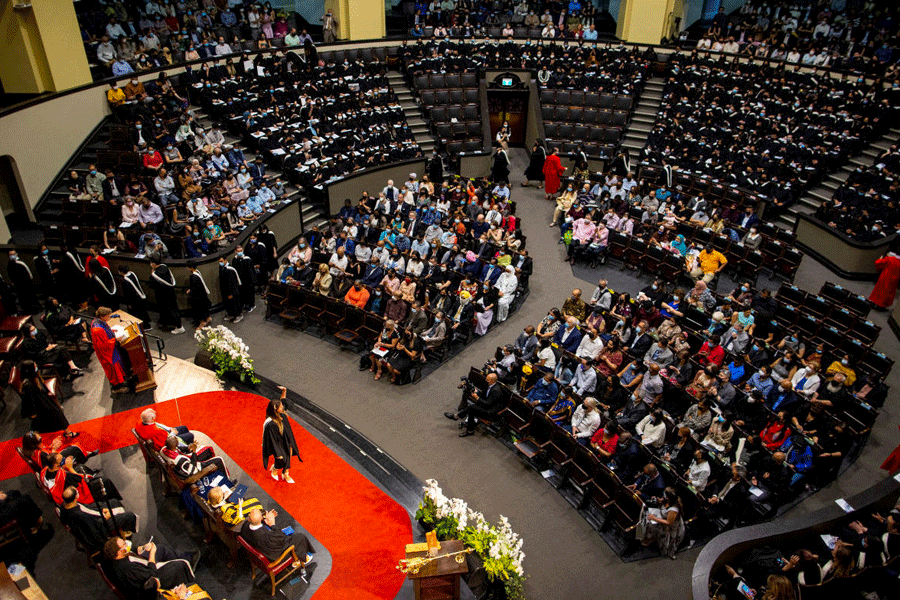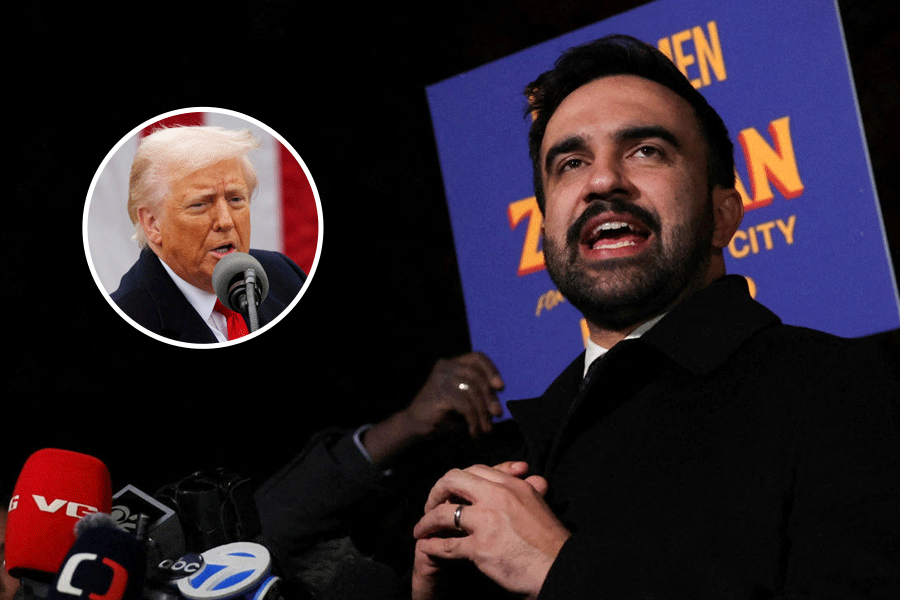Gandhiji’s contribution to how we live, how we think and also what we wear has been immense. His clothes were an extension of his politics, which transformed our way of looking at textiles and their production, and showed us how to use them simply, beautifully and minimally. Swadeshi meant freedom from colonial power and oppressive market rules.
Sitting at his charkha, the father of the nation initiated the movement of khadi. The handspun cloth that was meant to liberate Indians from buying textiles from the British-controlled market at high prices, was envisaged by Gandhi as a practical means to attain freedom.
It is spun on the same principles that “sustainable fashion” wants to live up to these days.
Gandhi topi
As for a particular item, let’s look at the Gandhi topi. Popularised by Gandhi from around 1918 with khadi, the white cap, pointed at back and front, became synonymous with the freedom struggle. In South Africa, prisoners who were classified as “negroes”, which included Indians when Gandhi was in South Africa from 1893 to 1914, had to wear similar caps. Gandhi was sent to jail four times in South Africa.
Nehru jacket
That elegant thing that makes almost any man look suave. But Jawaharlal Nehru did not invent it; possibly the Mughals did. Neither did he wear it much in its most celebrated form, as a tailored suit jacket.
The Nehru jacket is a departure from the usual jacket. It has a mandarin collar replacing the collar and lapels of the standard jacket.
Nehru wore it as a long sherwani or as a sleeveless short jacket with a kurta. From the Sixties, after China attacked India, Nehru became more visible in the West, especially in the US, and what he wore came into focus as well. Pierre Cardin’s collar-free, lapel-free jacket in his Space Age line (1964) was very similar to Nehru’s. Then the Beatles picked up the Cardin jacket.
The Suffragettes
Unlike many other protesting women, the Suffragettes chose to dress well. It was a strategy. They were protesting in Britain at the turn of the 20th century for women’s right to vote.
Though some of them did not stop from breaking a shop window or setting fire to a library (to destroy old, patriarchal knowledge), the Suffragettes did not want distractions such as having to deal with accusations of “eccentricity” or “masculinity”.
So outwardly they remained conventional. Rather, beautifully turned out quite often. Suffragist Sylvia Pankhurst, daughter of Emmeline Pankhurst, credited with shaping the movement, wrote: “Many Suffragists spend more money on clothes than they can comfortably afford, rather than run the risk of being considered outré, and doing harm to the cause.”










